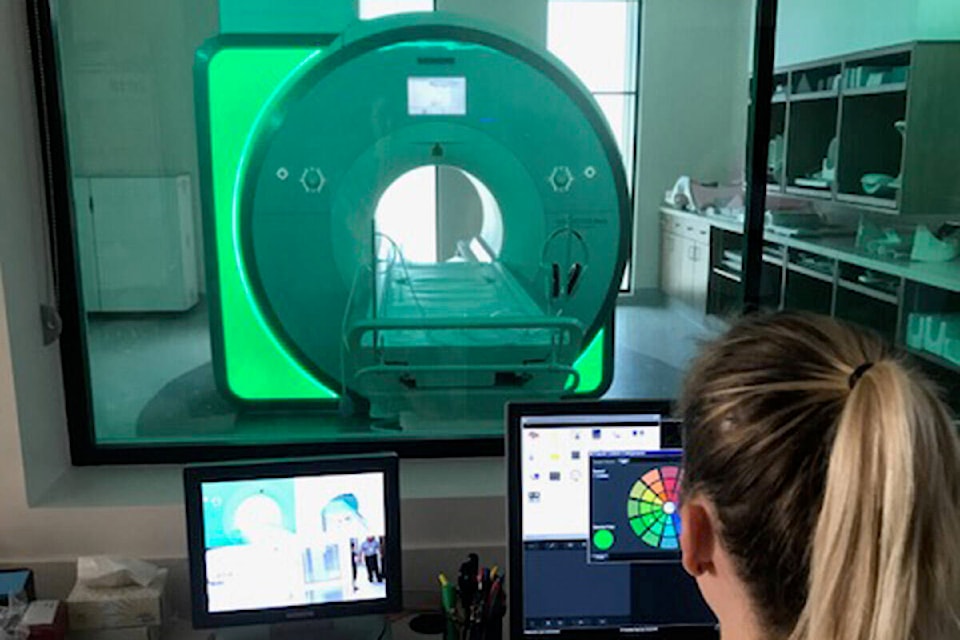Over the last six years, B.C. spent nearly $400 million on contracts with private surgical and diagnostic imaging clinics.
According to a from the Canadian Centre for Policy Alternatives, the province awarded $393 million in contracts to private clinics to provide services within the public system.
ŌĆ£WeŌĆÖve seen some positive recent moves by the B.C. government to enhance access to MRIs and reduce surgical waitlists in the public health care system,ŌĆØ says report author and health policy analyst Andrew Longhurst. ŌĆ£But these numbers show a troubling continued reliance on contracting out to for-profit clinics.ŌĆØ
Annual payments rose from $47.9 million in 2015/16 to $75.4 million in 2020/21, an increase of 57 per cent. The report found the largest annual increase was 21 per cent in 2016/17, the year following the BC Liberal governmentŌĆÖs plan to increase surgical privatization.
READ MORE:
Longhurst was also concerned about extra-billing, a practice where clinics bill patients privately for medically necessary procedures that are already covered by the public health care system. Extra-billing violates both the Canada Health Act and BC Medicare Protection Act.
ŌĆ£Instead of tackling unlawful extra-billing head on, the provinceŌĆÖs strategy has been to increase outsourcing to private surgical clinics but make those contracts subject to compliance with provincial and federal law. In other words, weŌĆÖre using one form of privatization ŌĆö outsourcing, or contracting out ŌĆö to curb another ŌĆö two-tier health care where those who can afford it pay privately,ŌĆØ Longhurst said.
In emails obtained by Longhurst through a freedom of information request, B.C.ŌĆÖs Deputy Health Minister Stephen Brown discussed continuing contracts with the owners of False Creek Surgical Centre despite an audit finding it had engaged in extra-billing.
Health Minister Adrian Dix was asked about the report at a news conference on Wednesday (Aug. 24). Dix took issue with the report, calling its findings inaccurate.
READ MORE:
ŌĆ£To do a report that talks about diagnostic care and MRI, and not say that the number of public MRIs has gone up dramatically while the number of private MRIs has gone down dramatically, and to say that is the corporatization of health care is just not accurate.ŌĆØ
Dix pointed to the governmentŌĆÖs efforts to increase public MRIs, knee replacements and hip replacements in recent years.
ŌĆ£ItŌĆÖs always patients first. The best way to serve patients is to build a public health care system. ThatŌĆÖs precisely what we did, what weŌĆÖre doing, and what weŌĆÖre continuing to do. People may want to make a point, but the evidence goes overwhelmingly in the other direction.ŌĆØ
READ MORE:
cole.schisler@bpdigital.ca
Like us on and follow us on .



